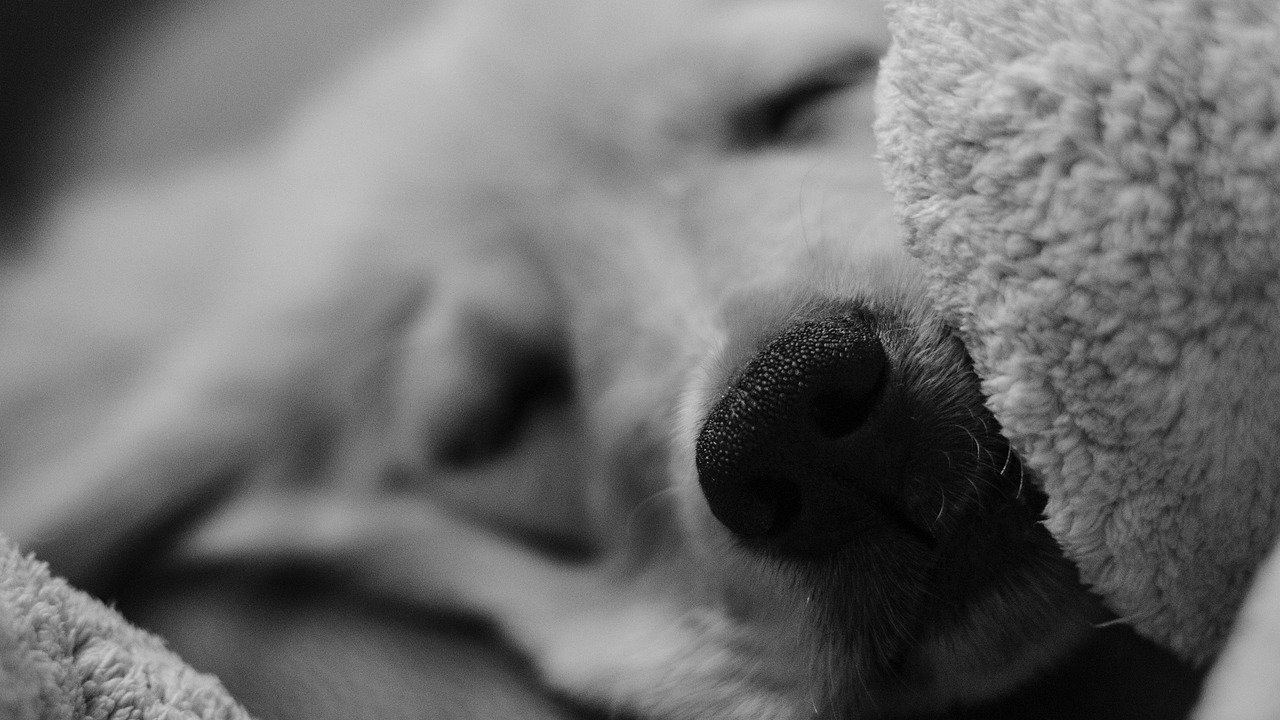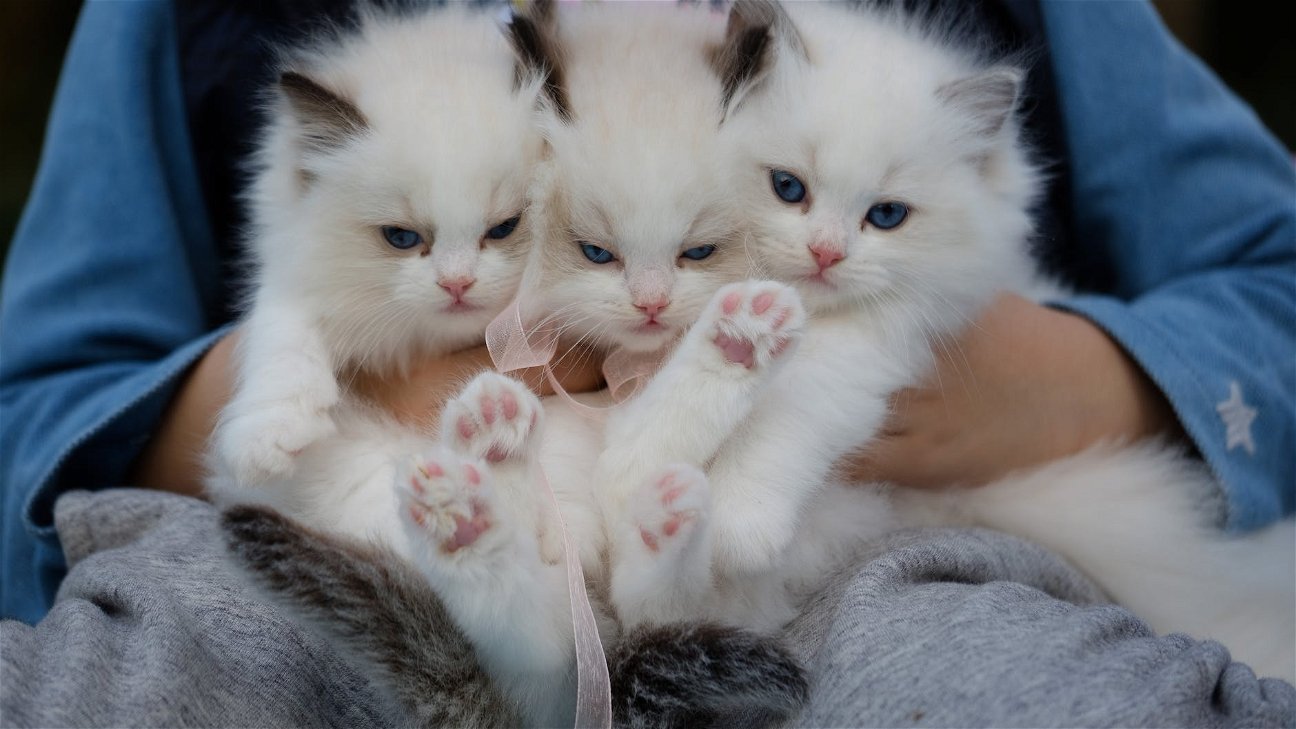
Understanding what's in your pet's food is a crucial part of maintaining their health and well-being. However, deciphering pet food labels can be a daunting task, with their scientific terms and percentages. Here's a guide to help you navigate your way around pet food labels and make the best dietary choices for your furry friend.
What's on the label?
There are several key pieces of information that you should focus on when looking at pet food labels, including:
-
Product Name: The product name usually indicates the type and overall amount of meat or protein in the food. For example, a label that says 'Chicken Dog Food' should contain at least 95% chicken, excluding water.
-
Guaranteed Analysis: This section lists the minimum or maximum percentages of nutrients such as protein, fat, fiber, and moisture. It's important to remember that these are not exact amounts, but ranges.
-
Ingredient List: The ingredients are listed in descending order by weight. This means the first few ingredients make up a larger portion of the food. However, don't be fooled by seeing meat listed first. Some companies split up grains or other ingredients into smaller categories to push meat higher up the list.
-
Nutritional Adequacy Statement: This tells you if the food is complete and balanced for a specific life stage or all life stages of a pet according to AAFCO (Association of American Feed Control Officials) guidelines.
Decoding Ingredient Lists
Pet food labels can sometimes contain ingredients that are hard to understand. Here are a few common ingredients you might come across and what they really mean:
-
Meat Meal: This is the dry rendered product of a combination of clean flesh and skin with or without accompanying bone. It does not contain hair, hoof, horn, or blood.
-
By-Product Meal: By-products are the non-rendered, clean parts, other than meat, derived from slaughtered mammals. This can include lungs, spleen, kidneys, brain, livers, blood, bone, and partially defatted low-temperature fatty tissue.
-
Corn Gluten Meal: This is the dried residue from corn after the removal of the larger part of the starch and germ, and the separation of the bran by the process employed in the wet milling manufacture of corn starch or syrup.
-
BHA, BHT, Ethoxyquin: These are preservatives often used in pet foods. While they help prevent food from spoiling, they have been linked to health concerns in dogs and cats.
Key Takeaways
Reading and understanding pet food labels is a key part of ensuring your pet receives a balanced, nutritious diet. Remember to pay attention to the product name, guaranteed analysis, ingredient list, and nutritional adequacy statement. And don't be afraid to do some extra research or ask your vet if you come across any confusing terms or ingredients.











